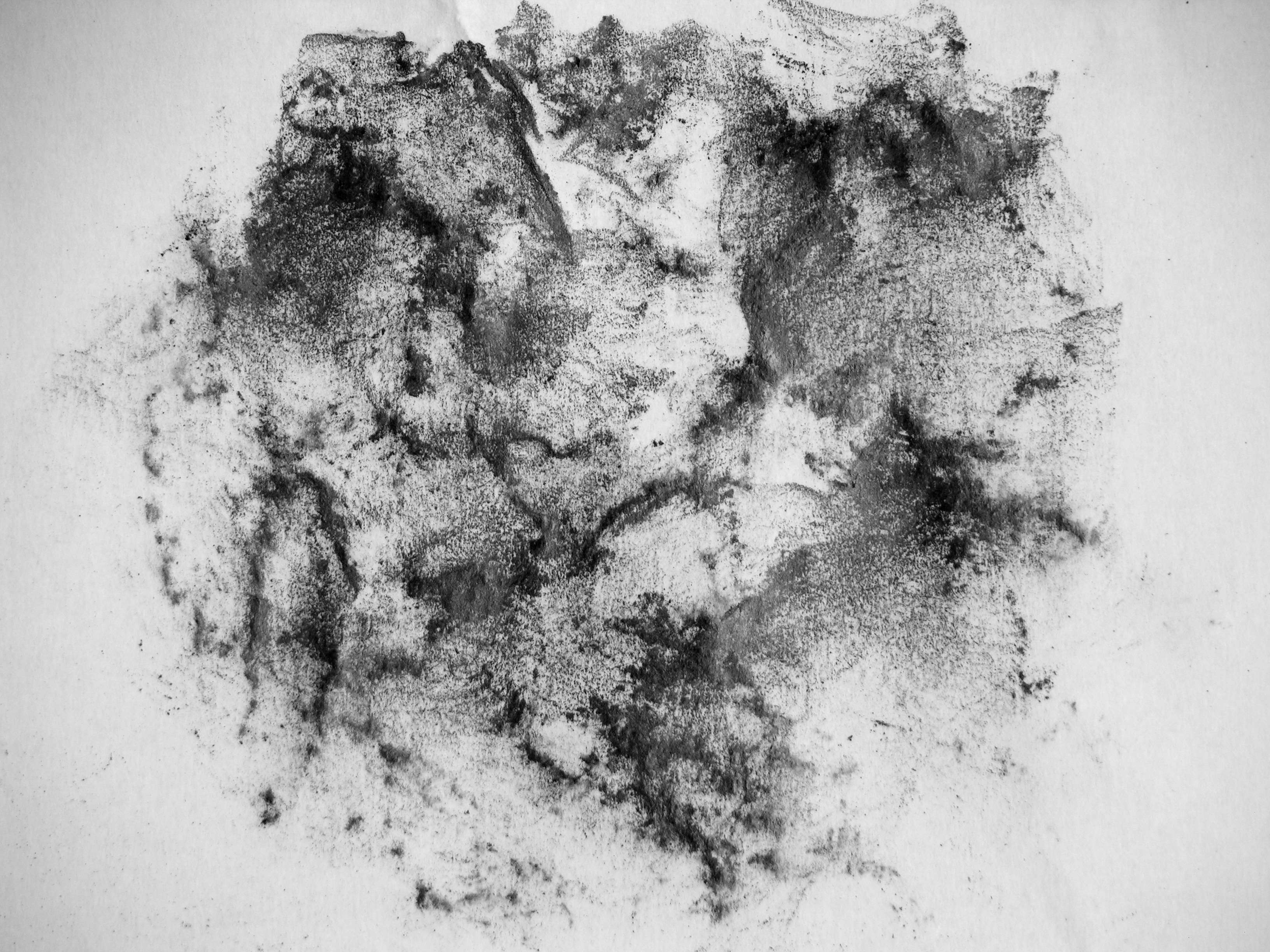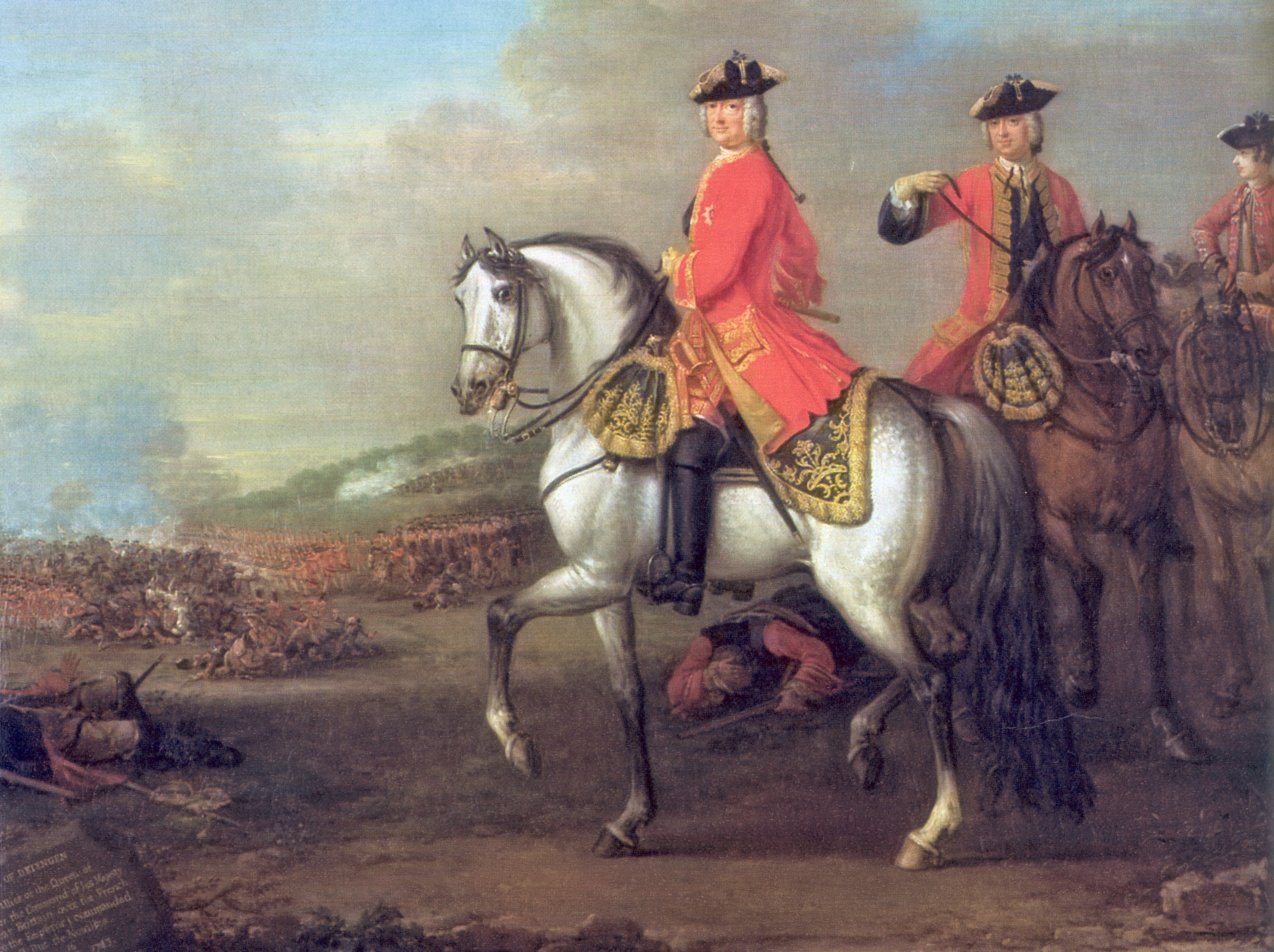|
Cristoforo Terzi
Cristoforo Terzi (1692–1743) was an Italian painter of the late-Baroque period. He was born and died in Bologna. He was a pupil of Giuseppe Maria Crespi. He painted a ''San Petronio kneeling before the Virgin'' for the church of San Giacomo Maggiore. The Venetian pastellist Margherita Terzi Margherita Terzi was a Venice, Venetian pastellist of the eighteenth century. Terzi was related to the Bologna, Bolognese painter Cristoforo Terzi. She is recorded as having been a pupil of Rosalba Carriera, who in 1752 gave the sum of 200 ducats ... was a relative. References 1692 births 1743 deaths Italian male painters 18th-century Italian painters Painters from Bologna Italian Baroque painters 18th-century Italian male artists {{Italy-painter-17thC-stub ... [...More Info...] [...Related Items...] OR: [Wikipedia] [Google] [Baidu] |
Baroque
The Baroque (, ; ) is a style of architecture, music, dance, painting, sculpture, poetry, and other arts that flourished in Europe from the early 17th century until the 1750s. In the territories of the Spanish and Portuguese empires including the Iberian Peninsula it continued, together with new styles, until the first decade of the 19th century. It followed Renaissance art and Mannerism and preceded the Rococo (in the past often referred to as "late Baroque") and Neoclassical styles. It was encouraged by the Catholic Church as a means to counter the simplicity and austerity of Protestant architecture, art, and music, though Lutheran Baroque art developed in parts of Europe as well. The Baroque style used contrast, movement, exuberant detail, deep colour, grandeur, and surprise to achieve a sense of awe. The style began at the start of the 17th century in Rome, then spread rapidly to France, northern Italy, Spain, and Portugal, then to Austria, southern Germany, and Russia. B ... [...More Info...] [...Related Items...] OR: [Wikipedia] [Google] [Baidu] |
Bologna
Bologna (, , ; egl, label= Emilian, Bulåggna ; lat, Bononia) is the capital and largest city of the Emilia-Romagna region in Northern Italy. It is the seventh most populous city in Italy with about 400,000 inhabitants and 150 different nationalities. Its metropolitan area is home to more than 1,000,000 people. It is known as the Fat City for its rich cuisine, and the Red City for its Spanish-style red tiled rooftops and, more recently, its leftist politics. It is also called the Learned City because it is home to the oldest university in the world. Originally Etruscan, the city has been an important urban center for centuries, first under the Etruscans (who called it ''Felsina''), then under the Celts as ''Bona'', later under the Romans (''Bonōnia''), then again in the Middle Ages, as a free municipality and later ''signoria'', when it was among the largest European cities by population. Famous for its towers, churches and lengthy porticoes, Bologna has a well-preserved ... [...More Info...] [...Related Items...] OR: [Wikipedia] [Google] [Baidu] |
Giuseppe Maria Crespi
Giuseppe Maria Crespi (March 14, 1665 – July 16, 1747), nicknamed Lo Spagnuolo ("The Spaniard"), was an Italian late Baroque painter of the Bolognese School. His eclectic output includes religious paintings and portraits, but he is now most famous for his genre paintings. Giuseppe Crespi, together with Giambattista Pittoni, Giovan Battista Tiepolo, Giovan Battista Piazzetta, Canaletto and Francesco Guardi forms the traditional great Old Masters painters of that period. Biography Crespi was born in Bologna to Girolamo Crespi and Isabella Cospi. His mother was a distant relation of the noble Cospi family, which had ties to the Florentine House of Medici. He was nicknamed "the Spanish One" (Lo Spagnuolo) because of his habit of wearing tight clothes characteristic of Spanish fashion of the time. By age 12 years, he apprenticed with Angelo Michele Toni (1640–1708). From the age of 15–18 years, he worked under the Bolognese Domenico Maria Canuti. The Roman painter ... [...More Info...] [...Related Items...] OR: [Wikipedia] [Google] [Baidu] |
San Giacomo Maggiore
The Basilica of San Giacomo Maggiore is an historic Roman Catholic church in Bologna, region of Emilia Romagna, Italy, serving a monastery of Augustinian friars. It was built starting in 1267 and houses, among the rest, the Bentivoglio Chapel, featuring numerous Renaissance artworks. History A community of hermits founded by the Blessed John the Good of Modena had established itself near the walls of Bologna, along the Savena river, as early as 1247. They founded a monastery with its church, dedicated to St. James the Greater ( it, San Giacomo Maggiore). The hermits were merged in 1256 by the pope with other eremitical communities of the region to form the Order of Hermits of St. Augustine, with one of their number being elected the first Prior General of the new Order. As they then needed a larger religious complex within the walls, in 1267 construction was undertaken of the new church in the present location. The edifice was finished in 1315, but its consecration took place in ... [...More Info...] [...Related Items...] OR: [Wikipedia] [Google] [Baidu] |
Pastel
A pastel () is an art medium in a variety of forms including a stick, a square a pebble or a pan of color; though other forms are possible; they consist of powdered pigment and a binder. The pigments used in pastels are similar to those used to produce some other colored visual arts media, such as oil paints; the binder is of a neutral hue and low saturation. The color effect of pastels is closer to the natural dry pigments than that of any other process. Pastels have been used by artists since the Renaissance, and gained considerable popularity in the 18th century, when a number of notable artists made pastel their primary medium. An artwork made using pastels is called a pastel (or a pastel drawing or pastel painting). ''Pastel'' used as a verb means to produce an artwork with pastels; as an adjective it means pale in color. Pastel media Pastel sticks or crayons consist of powdered pigment combined with a binder. The exact composition and characteristics of an individual ... [...More Info...] [...Related Items...] OR: [Wikipedia] [Google] [Baidu] |
Margherita Terzi
Margherita Terzi was a Venice, Venetian pastellist of the eighteenth century. Terzi was related to the Bologna, Bolognese painter Cristoforo Terzi. She is recorded as having been a pupil of Rosalba Carriera, who in 1752 gave the sum of 200 ducats "alle due sorelle Margherita e Maria Terzi". Her work was known as well to the English pastellist Catherine Read, who in correspondence with Carriera dating to 1756 sent compliments to Terzi and offered to provide her with more paper. in the ''Dictionary of Pastellists Before 1800''. References Italian women painters 18th-century Italian painters 18th-century Italian women artists Painters from Venice Pastel artists {{Italy-painter-18thC-stub ...[...More Info...] [...Related Items...] OR: [Wikipedia] [Google] [Baidu] |
1692 Births
Year 169 ( CLXIX) was a common year starting on Saturday (link will display the full calendar) of the Julian calendar. At the time, it was known as the Year of the Consulship of Senecio and Apollinaris (or, less frequently, year 922 ''Ab urbe condita''). The denomination 169 for this year has been used since the early medieval period, when the Anno Domini calendar era became the prevalent method in Europe for naming years. Events By place Roman Empire * Marcomannic Wars: Germanic tribes invade the frontiers of the Roman Empire, specifically the provinces of Raetia and Moesia. * Northern African Moors invade what is now Spain. * Marcus Aurelius becomes sole Roman Emperor upon the death of Lucius Verus. * Marcus Aurelius forces his daughter Lucilla into marriage with Claudius Pompeianus. * Galen moves back to Rome for good. China * Confucian scholars who had denounced the court eunuchs are arrested, killed or banished from the capital of Luoyang and official life duri ... [...More Info...] [...Related Items...] OR: [Wikipedia] [Google] [Baidu] |
1743 Deaths
Events January–March * January 1 – The Verendrye brothers, probably Louis-Joseph and François de La Vérendrye, become the first white people to see the Rocky Mountains from the eastern side (the Spanish conquistadors had seen the Rockies from the west side). * January 8 – King Augustus III of Poland, acting in his capacity as Elector of Saxony, signs an agreement with Austria, pledging help in war in return for part of Silesia to be conveyed to Saxony. * January 12 ** The Verendryes, and two members of the Mandan Indian tribe, reach the foot of the mountains, near the site of what is now Helena, Montana. ** An earthquake strikes the Philippines * January 16 –Cardinal André-Hercule de Fleury turns his effects over to King Louis XV of France, 13 days before his death on January 29. * January 23 –With mediation by France, Sweden and Russia begin peace negotiations at Åbo to end the Russo-Swedish War. By August 17, Sweden cedes all ... [...More Info...] [...Related Items...] OR: [Wikipedia] [Google] [Baidu] |
Italian Male Painters
Italian(s) may refer to: * Anything of, from, or related to the people of Italy over the centuries ** Italians, an ethnic group or simply a citizen of the Italian Republic or Italian Kingdom ** Italian language, a Romance language *** Regional Italian, regional variants of the Italian language ** Languages of Italy, languages and dialects spoken in Italy ** Italian culture, cultural features of Italy ** Italian cuisine, traditional foods ** Folklore of Italy, the folklore and urban legends of Italy ** Mythology of Italy, traditional religion and beliefs Other uses * Italian dressing, a vinaigrette-type salad dressing or marinade * Italian or Italian-A, alternative names for the Ping-Pong virus, an extinct computer virus See also * * * Italia (other) * Italic (other) * Italo (other) * The Italian (other) * Italian people (other) Italian people may refer to: * in terms of ethnicity: all ethnic Italians, in and outside of Italy * ... [...More Info...] [...Related Items...] OR: [Wikipedia] [Google] [Baidu] |
18th-century Italian Painters
The 18th century lasted from January 1, 1701 (Roman numerals, MDCCI) to December 31, 1800 (Roman numerals, MDCCC). During the 18th century, elements of Age of Enlightenment, Enlightenment thinking culminated in the American Revolution, American, French Revolution, French, and Haitian Revolution, Haitian Revolutions. During the century, History of slavery, slave trading and human trafficking expanded across the shores of the Atlantic Ocean, Atlantic, while declining in Russian Empire, Russia, Qing dynasty, China, and Joseon, Korea. Revolutions began to challenge the legitimacy of monarchical and aristocratic power structures, including the structures and beliefs that Proslavery, supported slavery. The Industrial Revolution began during mid-century, leading to radical changes in Society, human society and the Natural environment, environment. Western historians have occasionally defined the 18th century otherwise for the purposes of their work. For example, the "short" 18th cen ... [...More Info...] [...Related Items...] OR: [Wikipedia] [Google] [Baidu] |
Painters From Bologna
Painting is the practice of applying paint, pigment, color or other medium to a solid surface (called the "matrix" or "support"). The medium is commonly applied to the base with a brush, but other implements, such as knives, sponges, and airbrushes, can be used. In art, the term ''painting ''describes both the act and the result of the action (the final work is called "a painting"). The support for paintings includes such surfaces as walls, paper, canvas, wood, glass, lacquer, pottery, leaf, copper and concrete, and the painting may incorporate multiple other materials, including sand, clay, paper, plaster, gold leaf, and even whole objects. Painting is an important form in the visual arts, bringing in elements such as drawing, composition, gesture (as in gestural painting), narration (as in narrative art), and abstraction (as in abstract art). Paintings can be naturalistic and representational (as in still life and landscape painting), photographic, abstract, narrative, sy ... [...More Info...] [...Related Items...] OR: [Wikipedia] [Google] [Baidu] |


_Apse_and_campanile.jpg)


